Monkeypox, a viral disease that first emerged in the 1970s, has gained global attention due to recent outbreaks. The outbreak is a stark reminder of the importance of international cooperation, robust healthcare systems, and rapid, coordinated responses to emerging health threats. As the world grapples with the aftermath, the lessons learned will be crucial in shaping future public health strategies.
The 2024 Monkeypox outbreak has led to widespread concern and a coordinated international response. Understanding this disease is crucial for prevention and awareness. Here are 12 essential things to know about Monkeypox.
What is Monkeypox?

Monkeypox is a contagious disease that is spread by the monkeypox virus, which belongs to the Orthopoxvirus genus. The Orthopoxvirus genus comprises several viruses, including the variola virus, which is responsible for smallpox; the vaccinia virus, utilized in the smallpox vaccine; and the cowpox virus.
Laboratory monkeys experienced the first cases of Monkeypox, but the virus is known to infect various animals, including rodents and primates. The virus causes a disease similar to smallpox but is generally less severe. However, it can still cause significant health issues, particularly in specific populations.
History of Monkeypox

Monkeypox was first discovered in 1958 during an outbreak among laboratory monkeys. As monkeys were the first victims, the disease was named after them even though they weren’t the primary hosts.
The first human case of monkeypox was detected in 1970 in the Democratic Republic of Congo (formerly Zaire), taking another 12 years. The disease was initially confined to Central and West Africa, but in recent years, an increase in global cases has raised concerns about its potential for widespread transmission.
Symptoms of Monkeypox
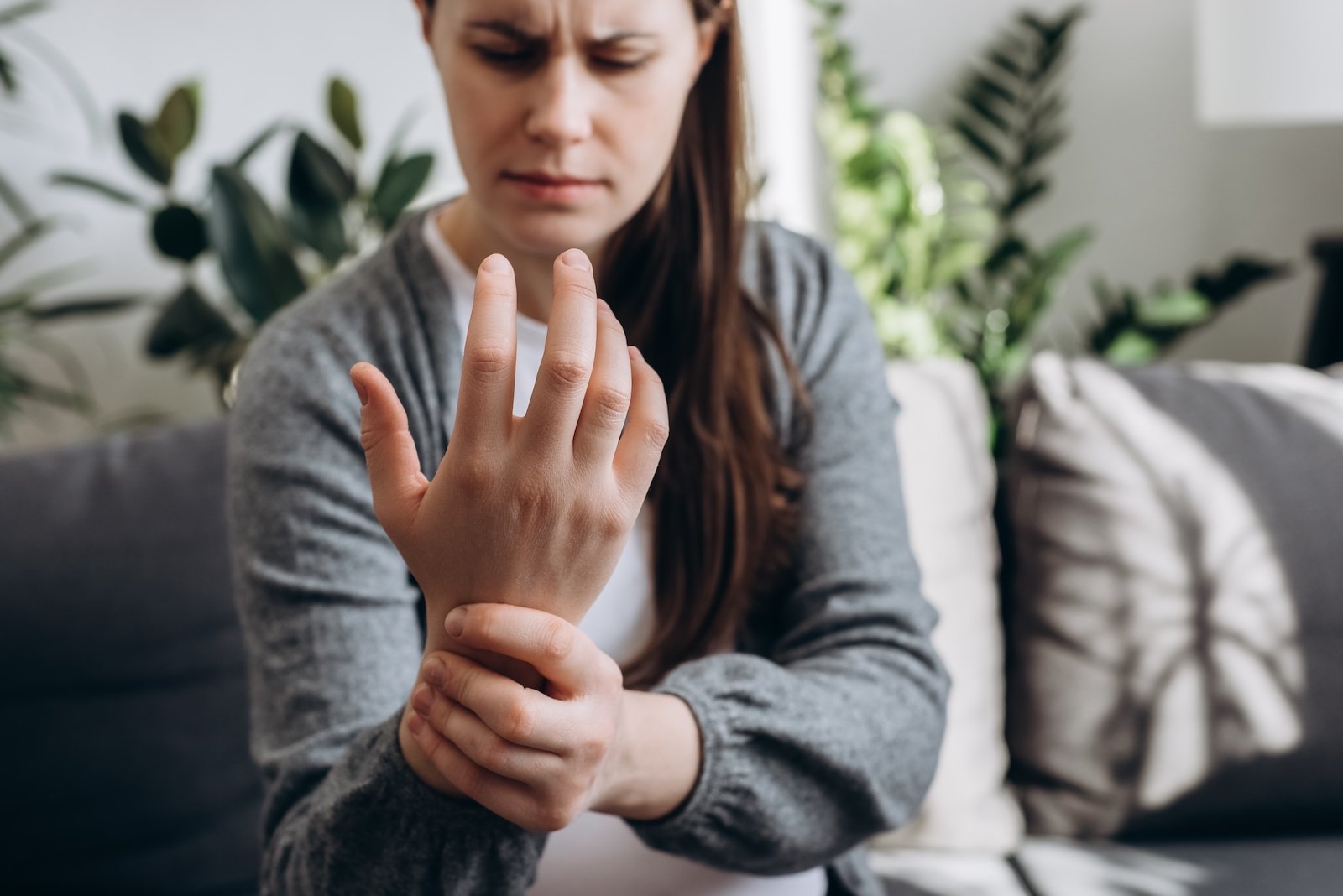
Monkeypox symptoms typically appear 7 to 14 days after exposure to the virus. The early symptoms resemble those of many other viral infections. Fever is usually the first sign, often accompanied by severe and persistent headaches. Muscle pain and back pain are common, along with general feelings of malaise and fatigue.
A key distinguishing symptom is lymphadenopathy, or swollen lymph nodes, which is not typically seen in smallpox. As the illness progresses, a rash appears, usually starting on the face and then spreading to other parts of the body.
Transmission
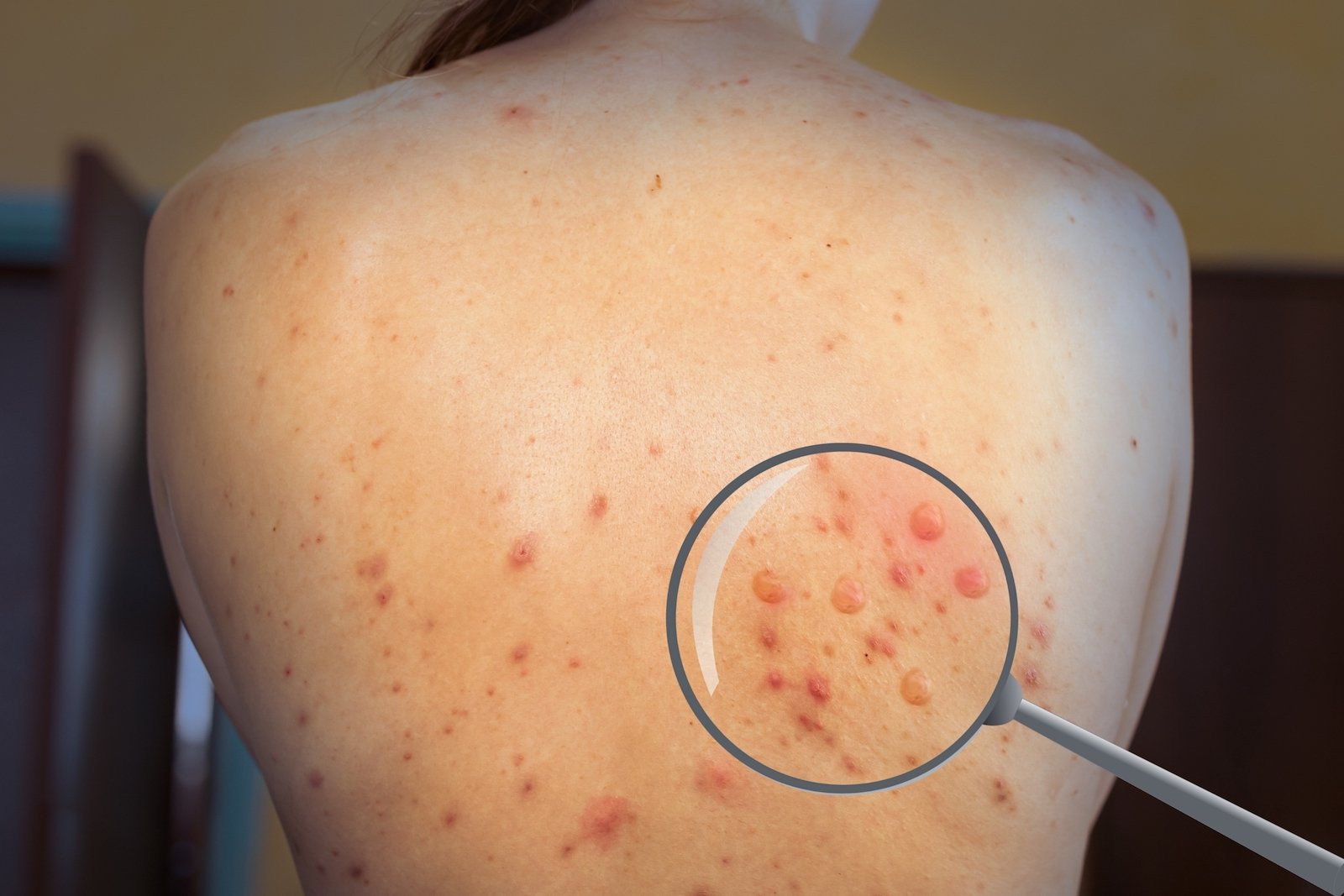
Monkeypox transmission primarily occurs through contact with infected animals. People in direct contact with infected animals, such as rodents or primates, risk falling prey to monkeypox. This includes handling animal carcasses or coming into contact with their bodily fluids.
Monkeypox isn’t usually known to occur due to human-to-human transmission. Still, it can occur through respiratory droplets during prolonged face-to-face contact or by touching contaminated objects such as bedding or clothing used by an infected person.
Recent Outbreaks
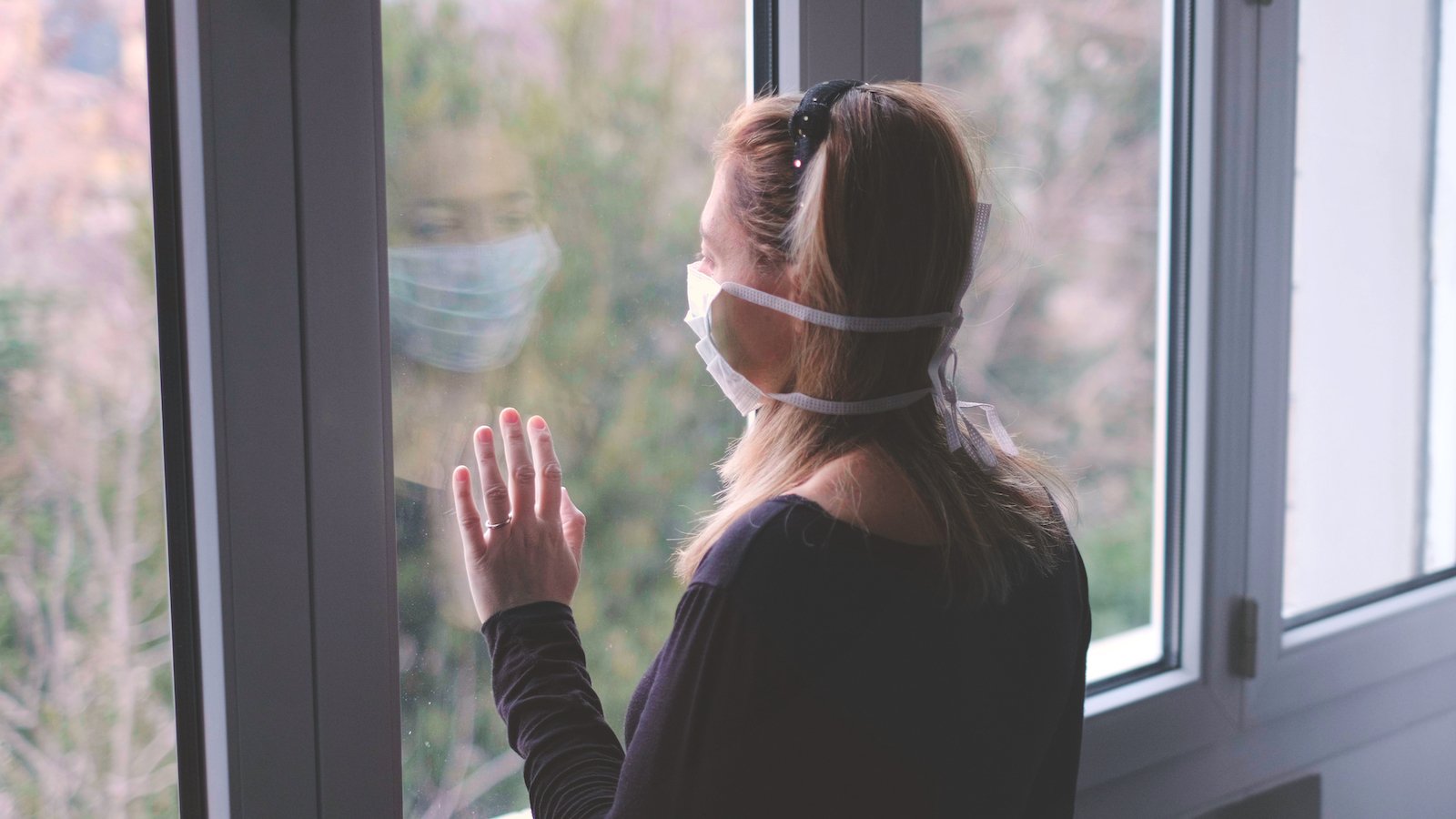
A global outbreak began in July 2022, with cases reported across Europe, North America, and Asia, outside traditional endemic regions of Central and West Africa.
In early 2024, reports of Monkeypox cases again surged in several regions across Europe, North America, Asia, and South America. The rapid spread saw the emergence of new genetic variants of the Monkeypox virus, which appeared to have enhanced transmissibility compared to previous strains.
Vulnerable Populations
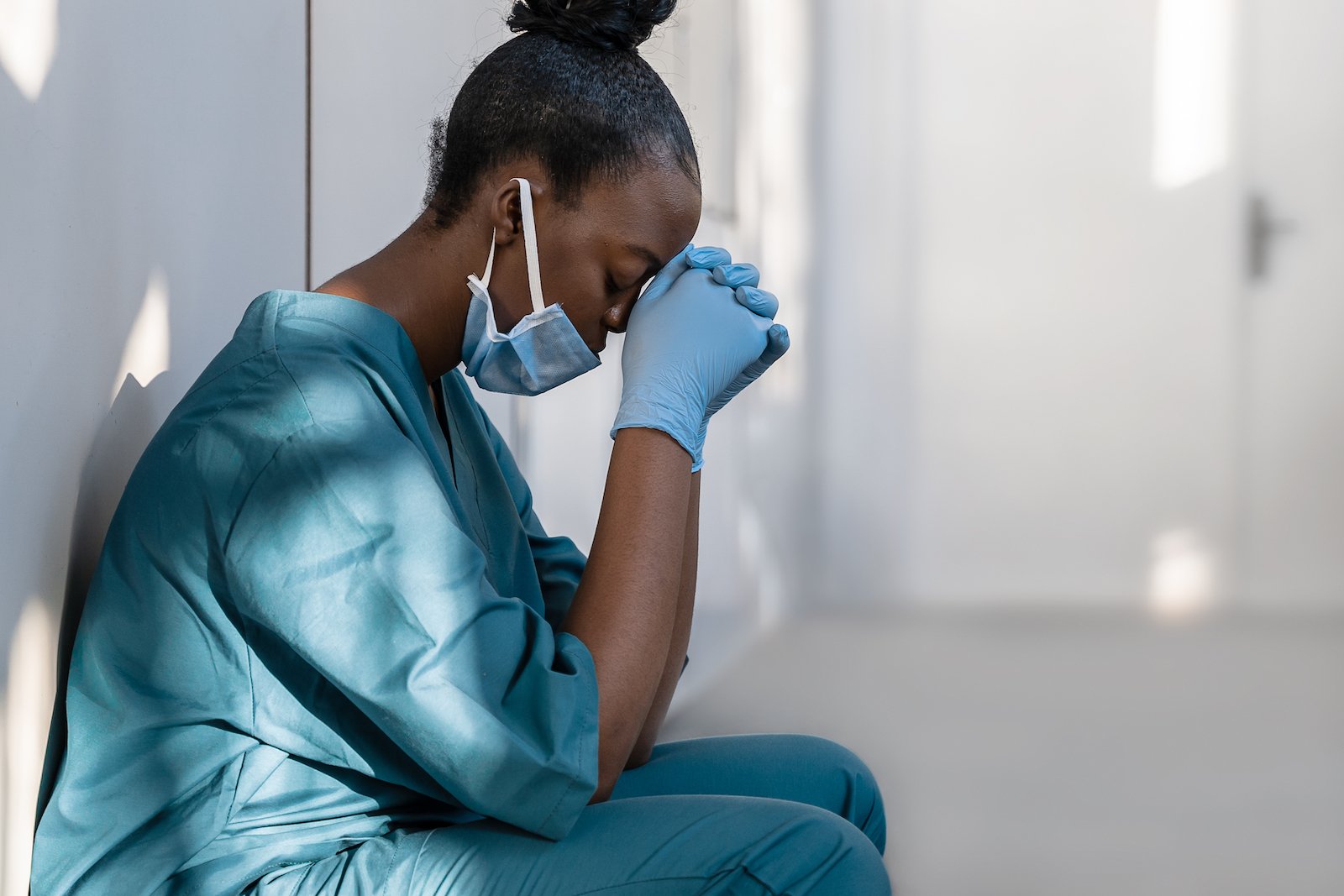
Healthcare workers, especially in regions with active Monkeypox outbreaks, are at higher risk due to potential exposure to infected patients. Similarly, close contacts of infected individuals, including family members and caregivers, are also at higher risk.
People living in regions where Monkeypox is endemic, particularly in rural or forested areas of Central and West Africa, who have direct contact with infected animals, face higher risks of infection.
Mortality Rate
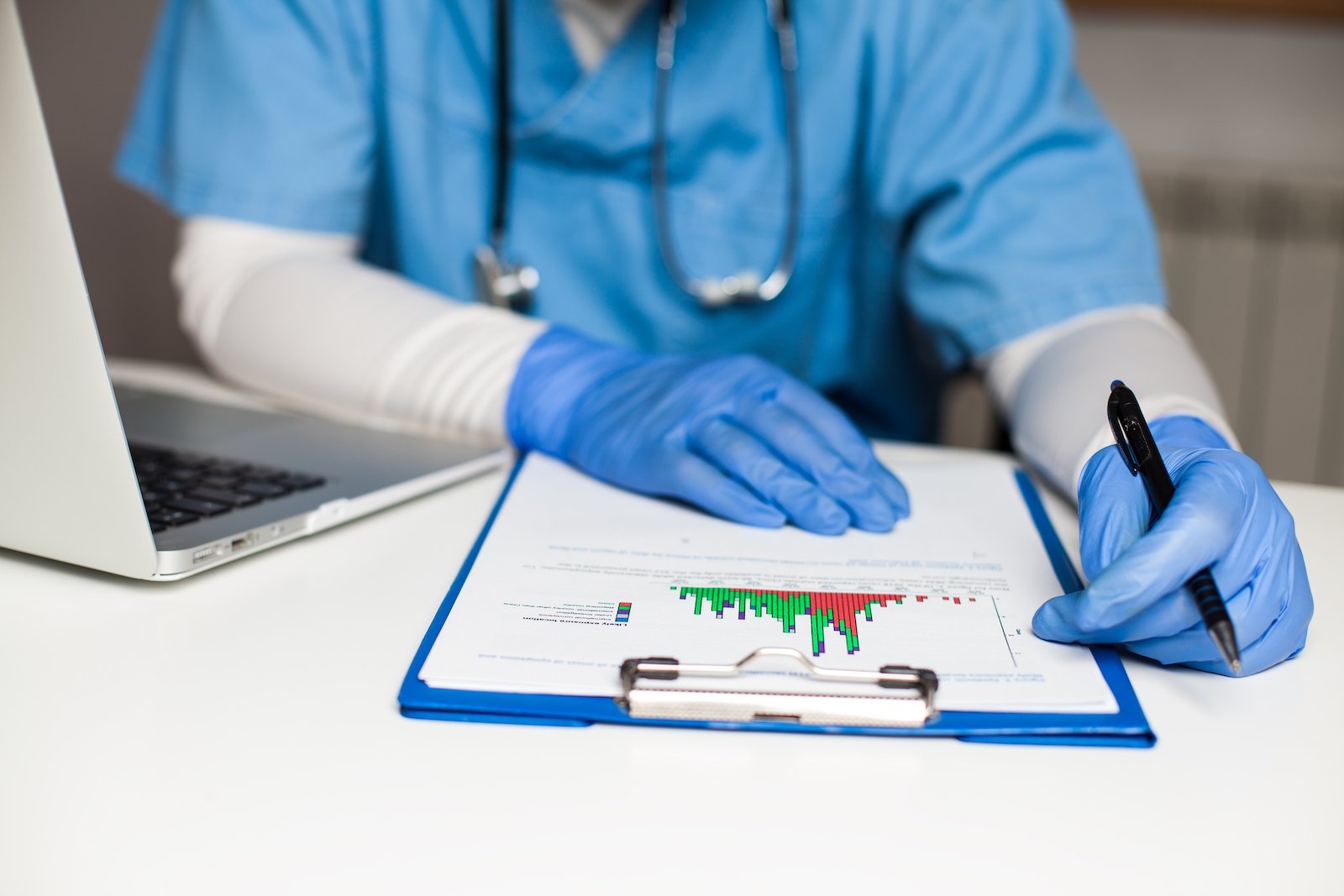
Monkeypox mortality rates can vary based on several factors. Two distinct strains of the virus cause monkeypox. The Central African clade has higher mortality rates, up to 10%, compared to the West African clade, which has a lower mortality rate of about 1%.
Mortality rates can be influenced by the quality of medical care available. Individuals with delicate immunity systems or predetermined health concerns are more prone to severe outcomes and complications from Monkeypox.
Vaccination
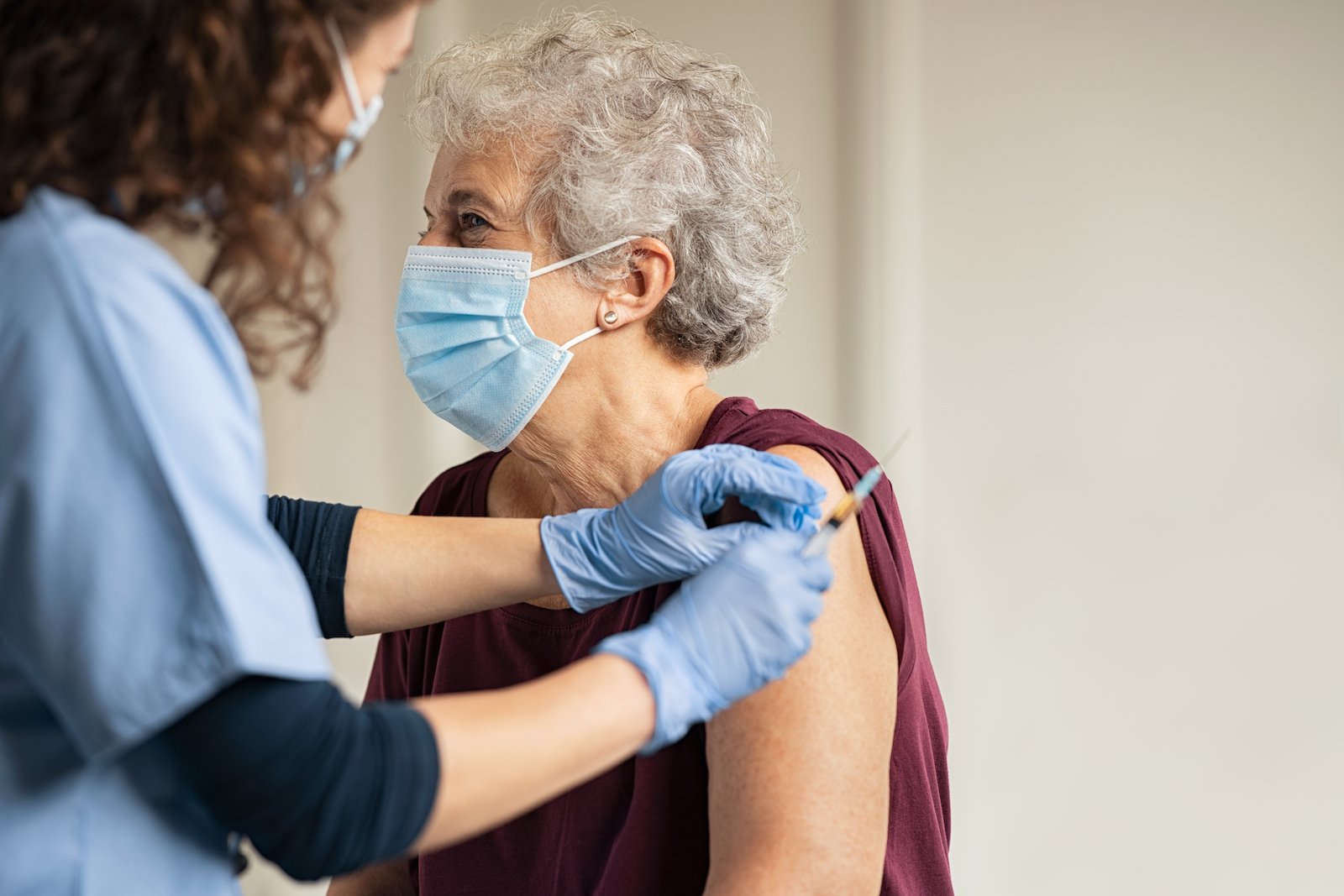
The smallpox vaccine (vaccinia virus) provides cross-protection against Monkeypox due to the genetic and antigenic similarities between the two viruses. It is not a routine vaccine used to protect at-risk populations in outbreak situations.
In response to the 2022 outbreak and the increased global awareness, newer vaccines, such as the modified vaccinia Ankara (MVA) vaccine, are being used in targeted vaccination campaigns, particularly in high-risk areas and among exposed individuals.
Treatment
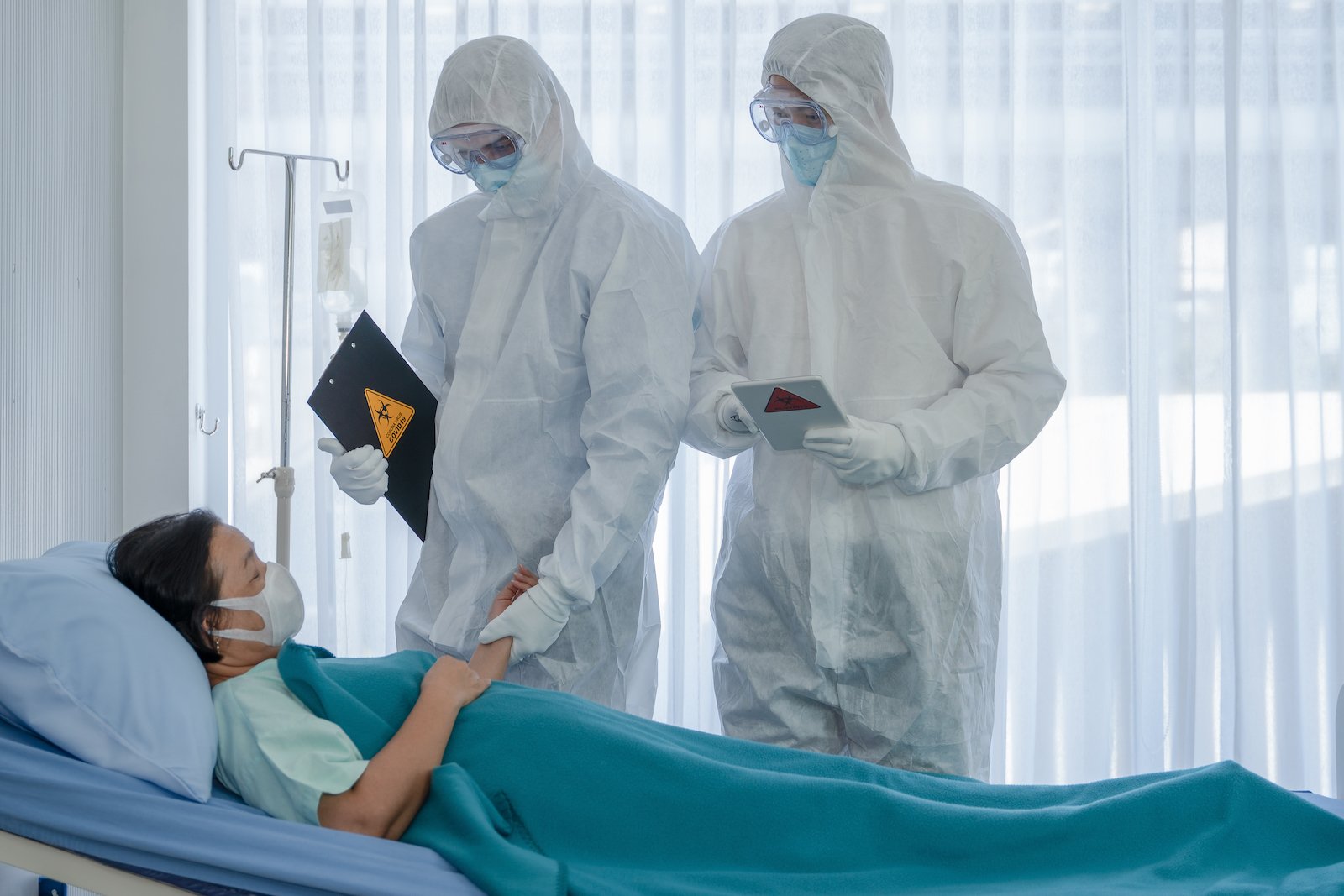
Treatment options for Monkeypox focus on symptom management and supportive care. Tecovirimat (TPOXX) is an antiviral drug developed for smallpox and has shown promise in treating Monkeypox. Another antiviral, cidofovir, has also been used in some cases.
Managing symptoms is crucial for recovery. This includes hydration, pain management, and treatment of secondary infections. Supportive care helps alleviate symptoms and improve comfort and recovery prospects.
Prevention
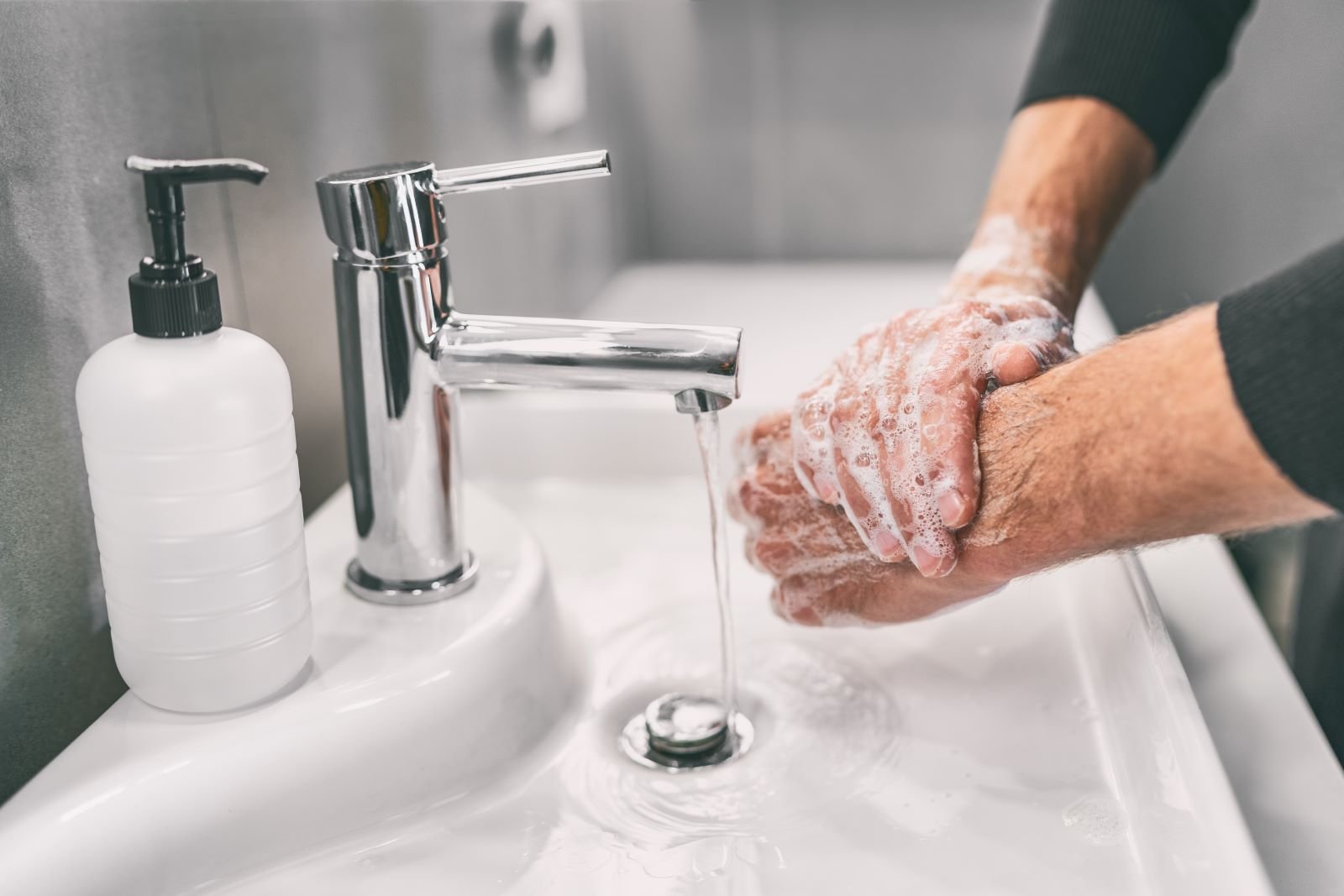
Preventive measures are vital to controlling the spread of Monkeypox. People should avoid handling wild animals, especially in areas where It is known to occur. Washing hands frequently with soap and water or consistently using hand sanitizers can reduce the risk of transmission.
In healthcare settings, using PPE kits to treat Monkeypox patients can help prevent transmission. Vaccination can be a critical preventive measure for those at high risk.
Global Health Emergency Declaration
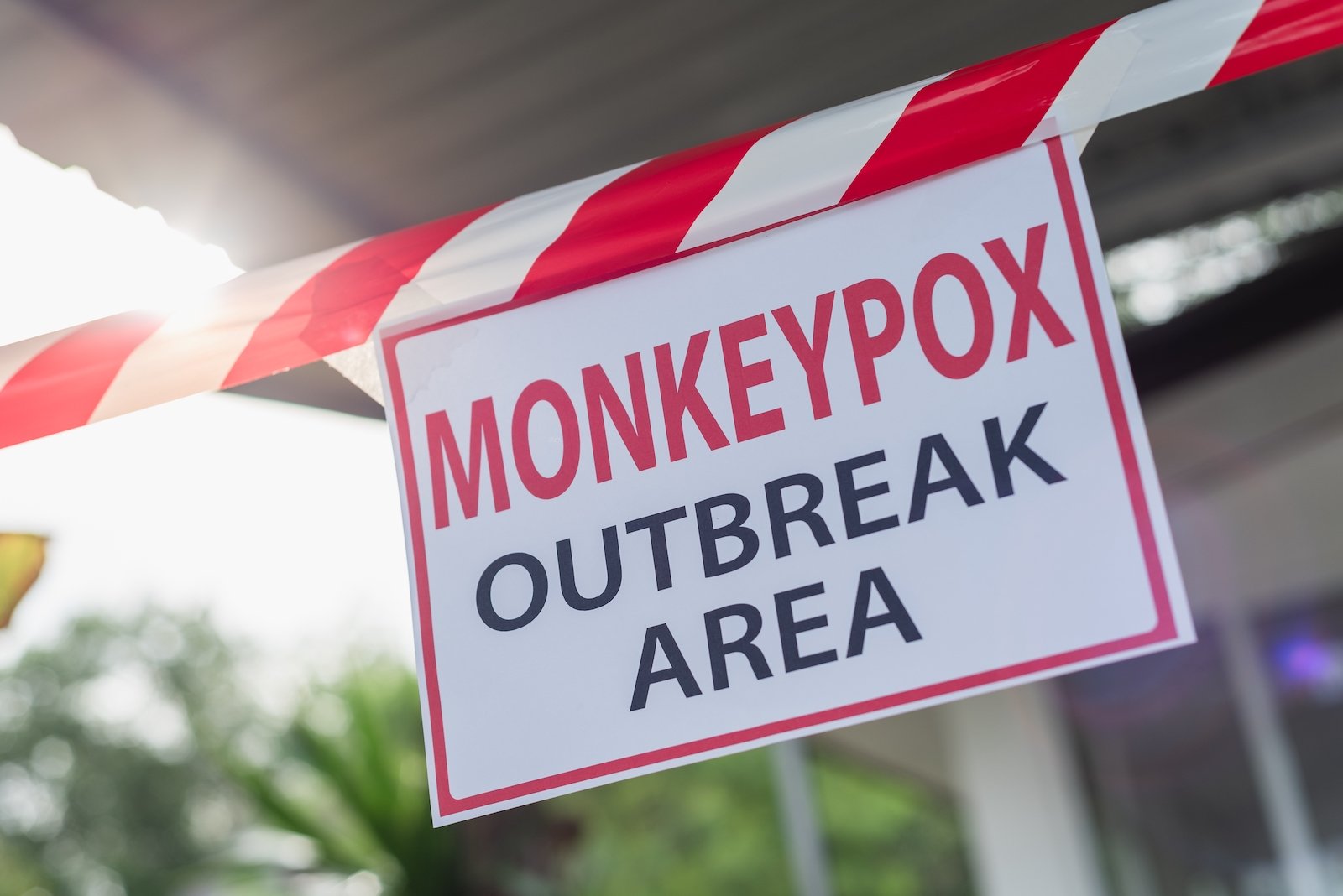
In July 2024, the WHO officially declared Monkeypox a Public Health Emergency of International Concern (PHEIC). The rapid and widespread nature of the outbreak, with confirmed cases in over 70 countries by mid-2024, prompted the WHO to act.
In response to the emergency declaration, efforts to produce and distribute vaccines were ramped up. Countries intensified surveillance, data sharing, and research. International aid and support were directed to the most affected regions.
Future Outlook
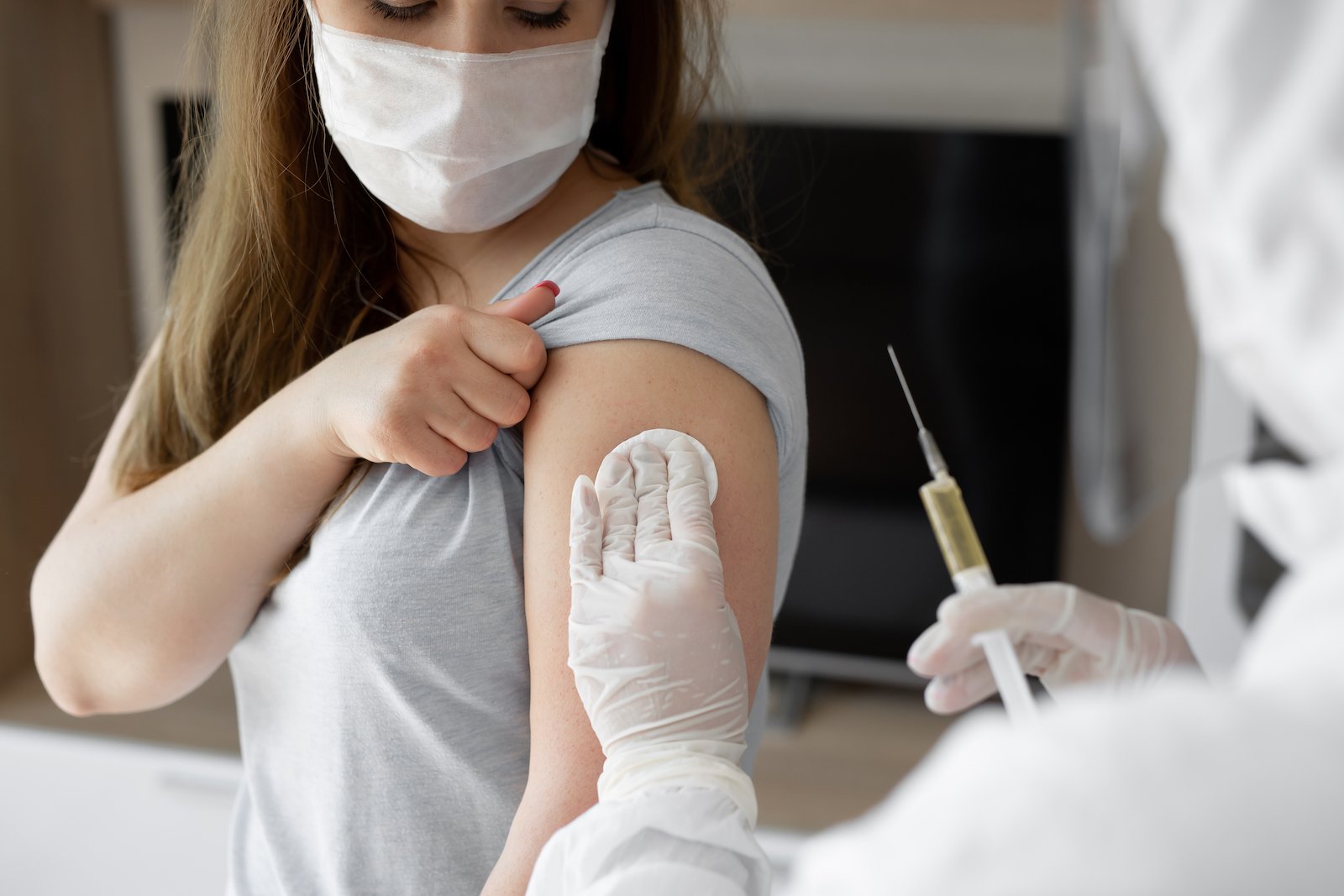
The 2024 outbreak underscored the need for sustained global vigilance and preparedness against emerging infectious diseases. The experience gained from the outbreak has led to calls for more vigorous international health regulations and better-coordinated responses to future epidemics.
The outbreak accelerated research into more effective Monkeypox treatments, vaccines, and diagnostic tools. Ongoing studies aim to understand better the virus’s mutations and potential long-term effects on global public health.


